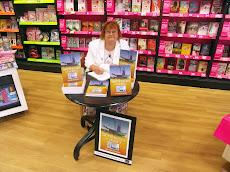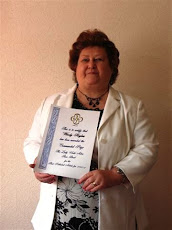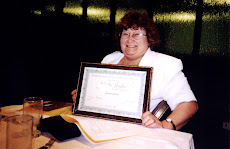Worthing is such a lovely friendly nostalgic town to live in. It is remembered as a Victorian resort favoured by
the genteel and continued to serve holiday makers until the advent of
the cheap package holidays in the 1950s. Today it still has a thriving tourism trade with a vast
number of events held throughout the year, but there is much, much more to Worthing
than just another holiday resort. Delve into its past and you will discover that the
Borough’s Coat of Arms depicts its three main industries, fishing, seaside
tourism, and market gardening.
Mackerel and herring have been caught here since the 16th century. They were sold locally, and exported to other towns when the railway arrived in the town, and local fish is still sold along the shoreline today. Princess Amelia’s visit to recuperate from a knee problem in 1798 turned this little fishing village into a fashionable resort, gaining town status in 1803, with the sea still providing livelihoods for the local fisherman who also went to the aid of any ship in trouble in the area. Sadly whilst doing such noble deeds many lost their lives.In one disaster alone, 11 local men were lost, 9 women widowed and forty-seven children made fatherless. A devastating blow to the town.
Mackerel and herring have been caught here since the 16th century. They were sold locally, and exported to other towns when the railway arrived in the town, and local fish is still sold along the shoreline today. Princess Amelia’s visit to recuperate from a knee problem in 1798 turned this little fishing village into a fashionable resort, gaining town status in 1803, with the sea still providing livelihoods for the local fisherman who also went to the aid of any ship in trouble in the area. Sadly whilst doing such noble deeds many lost their lives.In one disaster alone, 11 local men were lost, 9 women widowed and forty-seven children made fatherless. A devastating blow to the town.
Running alongside the fishing and tourist industries
Worthing was famous for large scale market gardening, and in 1899 the area
became known as the ‘town of hot houses’ thanks to a Broadwater company that
pioneered the glasshouse business. In its day the area was famous for its grapes, cucumbers, tomatoes, strawberries, mushrooms
and chrysanthemums, in fact 600 tons of produce were exported from the area in
just one year.
Worthing, like any other town has its quirky and unusual side too. For example, how many know that Worthing’s
Council papers were hidden in a family vault during the war; that cucumbers
were exported to the south Wales coal mines to quench the miners thirsts underground, or that an ornate fountain graces one of our residential Closes? A unique feature to Worthing are the boat poaches on the fisherman’s
cottages, derived from a time when fishermen used their upturned boats as a
shelter in bad weather, and the beach has been covered in oranges and
lemons, and more recently wood.
Worthing’s most Iconic building is the Dome, which celebrated its150th anniversary in 2012. Once known by the German name of the Kursaal and still used for entertainment today. Its 960ft pier has been blown away, burnt down and deliberately blown up and still attracts a steady stream of visitors today.
Worthing’s most Iconic building is the Dome, which celebrated its150th anniversary in 2012. Once known by the German name of the Kursaal and still used for entertainment today. Its 960ft pier has been blown away, burnt down and deliberately blown up and still attracts a steady stream of visitors today.
 This historic town as over 360 listed buildings, some made of
flint, but it has also had its planning disasters too. Worthing was saved for
future generations to enjoy thanks of the bravery of the crew of a Lancaster on
route to Munich with a cargo of bombs and incendiaries.
This historic town as over 360 listed buildings, some made of
flint, but it has also had its planning disasters too. Worthing was saved for
future generations to enjoy thanks of the bravery of the crew of a Lancaster on
route to Munich with a cargo of bombs and incendiaries.
Worthing has so many literary connections and has been
the location of several films; Up the
Junction, The Birthday Party, Wish You Were Here, and more recently Sea Monsters. The list of past and present residents and
visitors reads like a list from Who’s Who;
Percy Shelley, Jane Austen, Oscar Wilde, Nicolette Sheridan, Jonathan Cake,
Hugh Lloyd, Alma Cogan to name just a few, and when you add to this an array of
statues and sculptures, memorials, folklore, riotous and rebellious times,
cafes and open spaces making Worthing a vibrant, nostalgic
and historic town.



